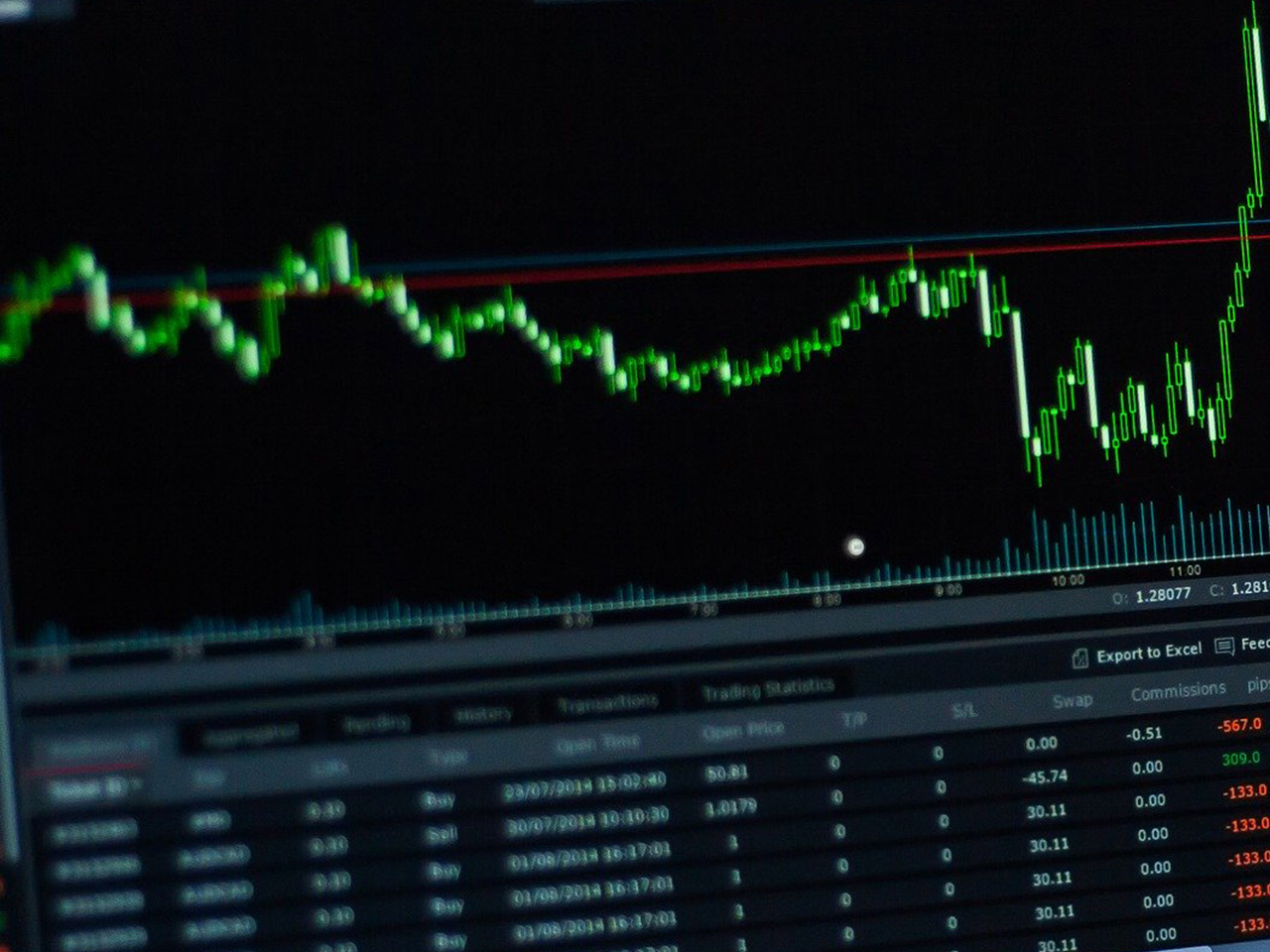J Sainsbury plc, trading under the symbol SBRY.L, is a stalwart in the UK’s consumer defensive sector, specifically within the grocery store industry. With a market capitalisation of $6.9 billion, Sainsbury’s is a key player in the retail landscape, offering a diverse array of products and services through its extensive network of supermarkets, convenience stores, and online platforms. Established in 1869, the company has evolved into a household name, providing not only food and general merchandise but also clothing and financial services through brands such as Argos, Habitat, and Sainsbury’s Bank.
As of today, Sainsbury’s shares are priced at 306 GBp, the uppermost point of its 52-week range of 228.80 to 306.00 GBp. This stability is reflected in the company’s price change, which remains flat at 0.00%. The stock’s performance is underpinned by a 50-day moving average of 286.50 GBp and a 200-day moving average of 265.62 GBp, indicating a positive short-term momentum.
From a valuation perspective, the current metrics present a mixed picture. The forward P/E ratio stands at an anomalously high 1,205.67, a figure that may raise eyebrows among potential investors. This suggests that the market may be pricing in substantial future earnings growth, albeit with a degree of uncertainty about the timing and magnitude of such growth. Meanwhile, traditional valuation metrics like PEG, Price/Book, and Price/Sales ratios are not available, possibly reflecting the challenges of valuing a diversified operation like Sainsbury’s with its mix of retail and financial services.
Performance-wise, Sainsbury’s reported a modest revenue growth of 1.20%, an indicator of steady, albeit slow, expansion in a highly competitive market. The company’s return on equity is 6.21%, which, while moderate, suggests a reasonable level of efficiency in generating returns from shareholder investments. Notably, the company boasts a substantial free cash flow of £653.6 million, underscoring its capacity to fund business operations, pay dividends, and invest in growth opportunities.
Dividend-seeking investors will find Sainsbury’s attractive with a yield of 4.44% and a payout ratio of 74.01%. This indicates a commitment to returning profits to shareholders, although the high payout ratio suggests limited room for increasing dividends without corresponding earnings growth.
Analyst sentiment towards Sainsbury’s is generally favourable, with six buy ratings, four hold ratings, and just one sell rating. The target price range of 265.00 to 330.00 GBp offers a potential upside of 0.27% from the current price, with the average target closely aligned with the current trading price at 306.82 GBp.
Technically, Sainsbury’s stock shows a relative strength index (RSI) of 58.29, suggesting the stock is neither overbought nor oversold, while the MACD indicator at 5.15, above the signal line of 2.90, points to bullish momentum.
Investors considering Sainsbury’s should weigh the company’s robust market position and reliable dividend against the challenges of low revenue growth and valuation complexities. The interplay of these factors will be crucial as the company navigates the evolving landscape of consumer demand and retail innovation.






































